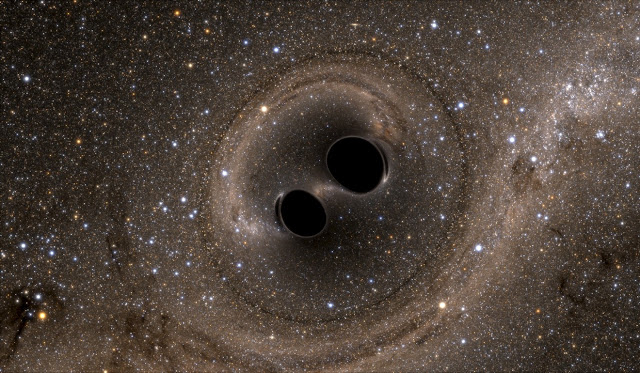How many black holes in the universe? German telescope detected 23 lakh locations, will reveal the secrets of Dark Matter too
The machine's chief scientist, Andrea Marloni, told Space.com that the center's team at eROSITA has made some changes to be able to take XMM-Newton quality photos, but its field of view is much higher.
How many black holes are there in our universe? The German space telescope seeks an answer to this question. Not only black holes, it also monitors neutron stars and in two years discovered more than three million objects. EROSITA was launched in 2019 and is the first space-based X-ray telescope capable of imagining the entire universe.
It is based on the Spectrum-Roentgen-Gamma campaign of Russia-Germany established in the Lagrange area point 2. There is one fixed point near the sun and earth where both forces create balance. From here, eROSITA can see the whole world clearly and take pictures with its X-ray detection tool. The information was released last month by a team from the Max Planck Institute for Extraterrestrial Physics in Germany.
The telescope has already made discoveries like X-ray bubbles from the Milky Way. EROSITA is built on ESA XMM Newton technology lines, which have been orbiting the Earth since 1999. The chief engineer of the equipment, Andrea Marloni, told Space.com that the team at the center at eROSITA has made some changes in order to be able to photograph XMM-Newton quality, but its field of view is very high.
EROSITA began taking photographs in October 2019. It then undertook a three-dimensional study of the space X-ray radiation. Merloni claims that so far it has found 3 million such sources, 77% of which are black holes found in other galaxies, 20% of neutron stars, stars and black holes in the Milky Way. Apart from this, 3% are galaxy collections.
Marlon says the previously known objects were only in some places, but eROSITA is able to see objects scattered in the sky. He says with the help of this, the emergence of galaxy clusters will be understood. This is important because it will also expose black matter and dark energy, and therefore determine the speed of the formation of galaxies. Black matter is thought to be responsible for the magnitude of the earth's gravitational pull, while the black active force is retreating to gravity and is not directly or indirectly measured to date.






